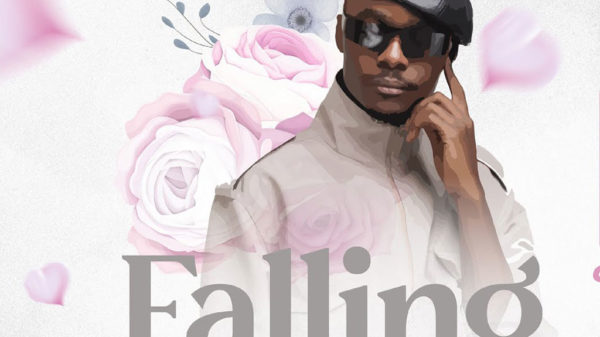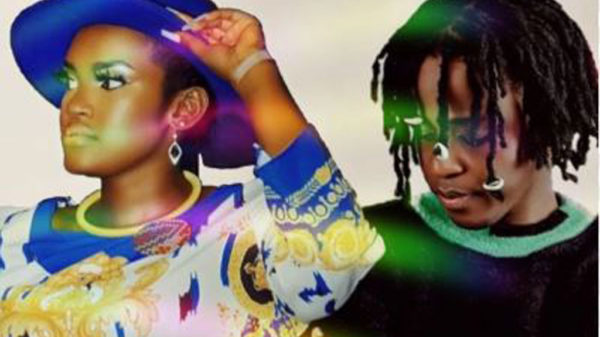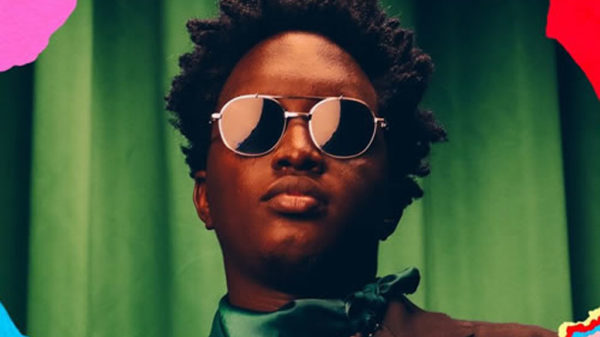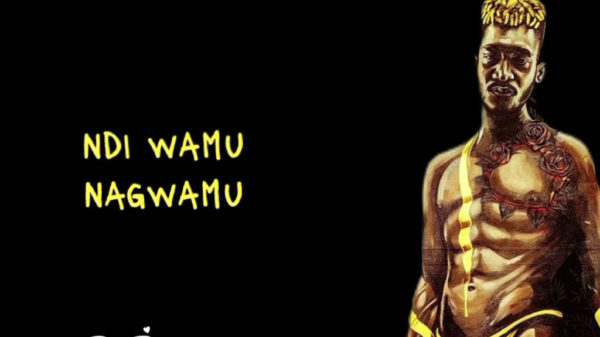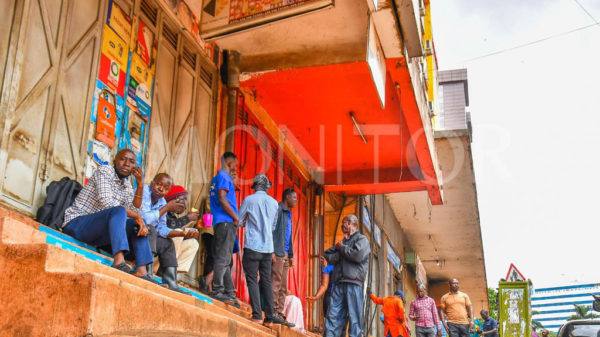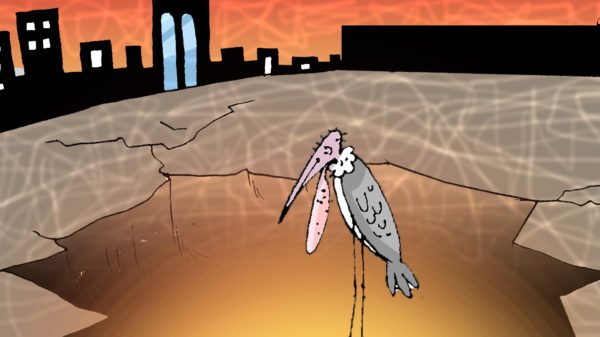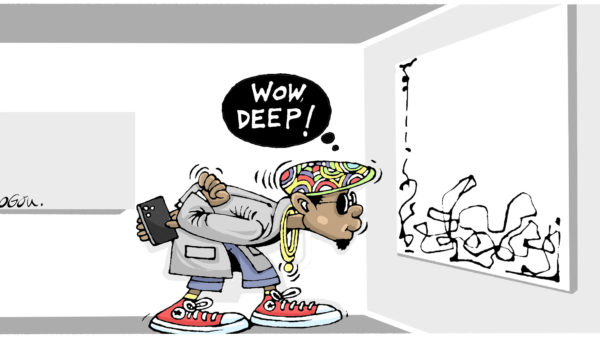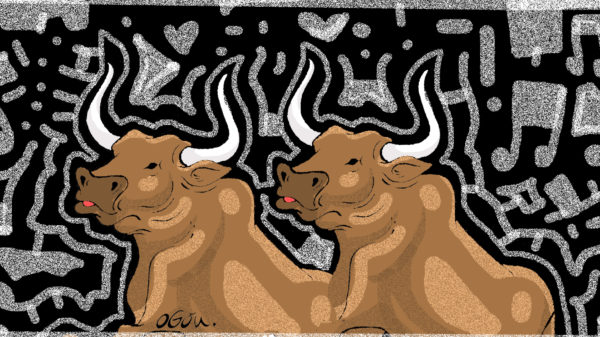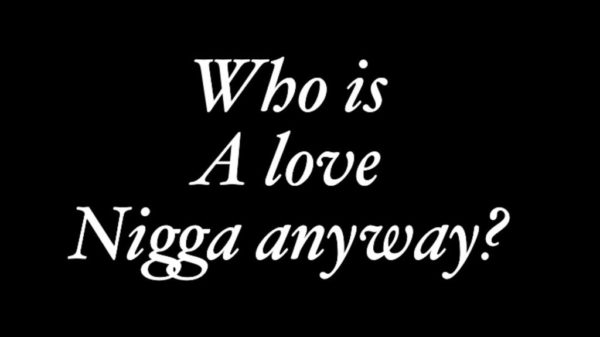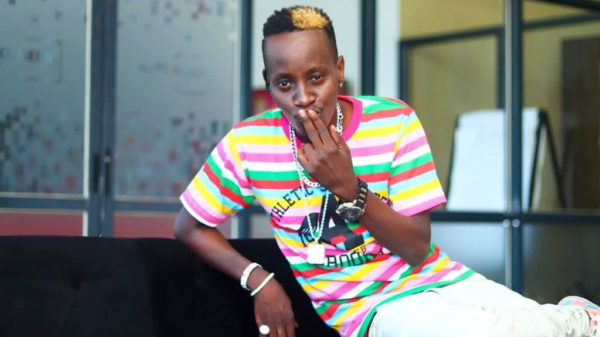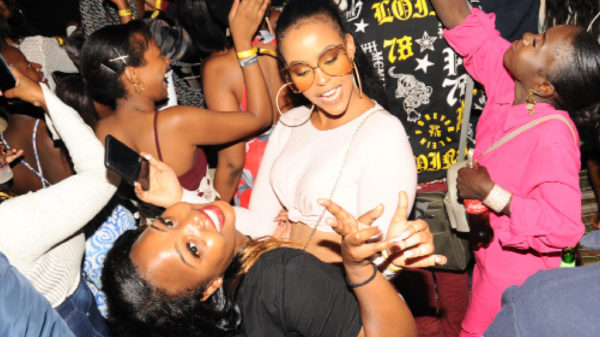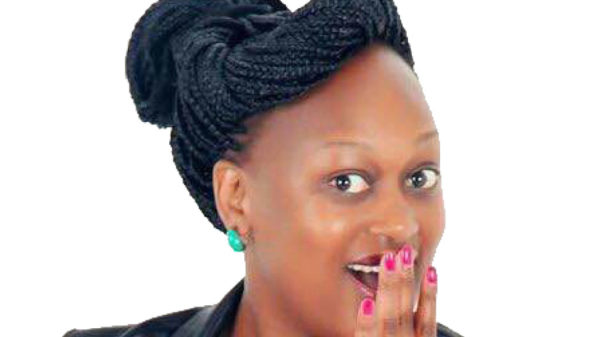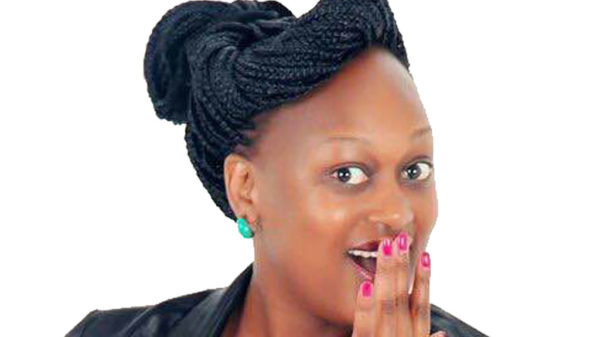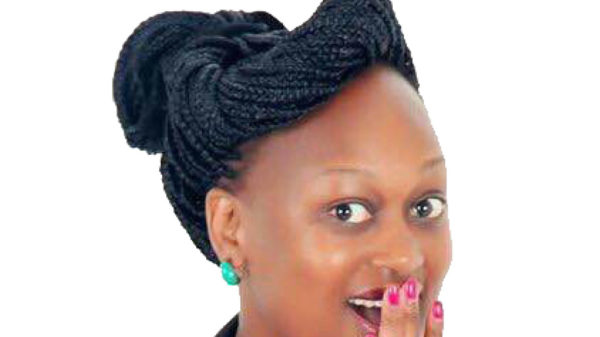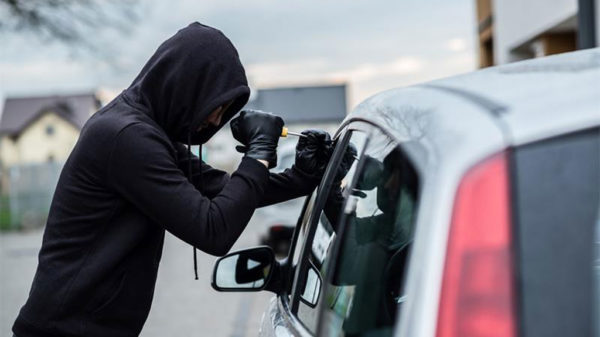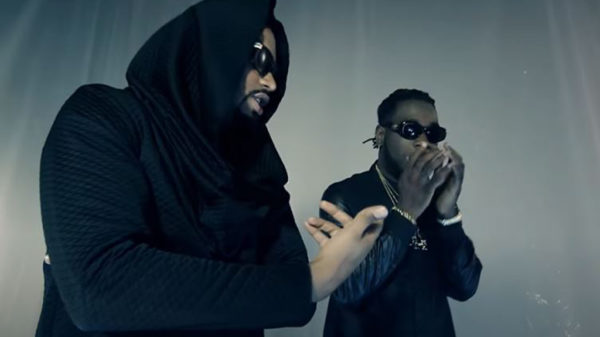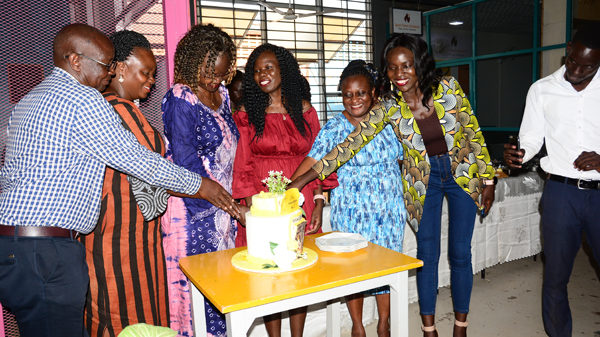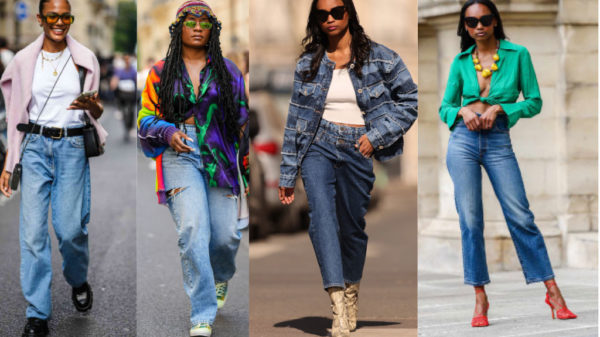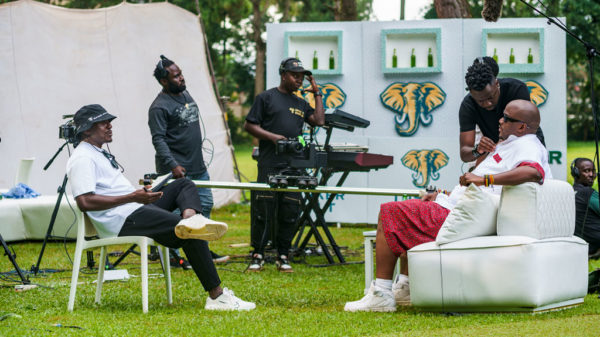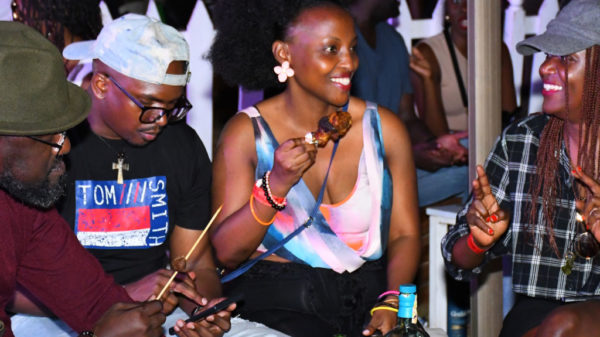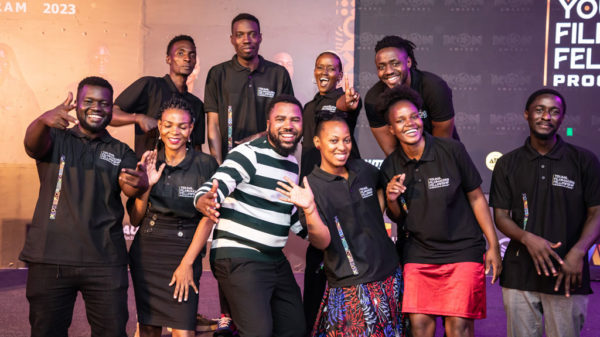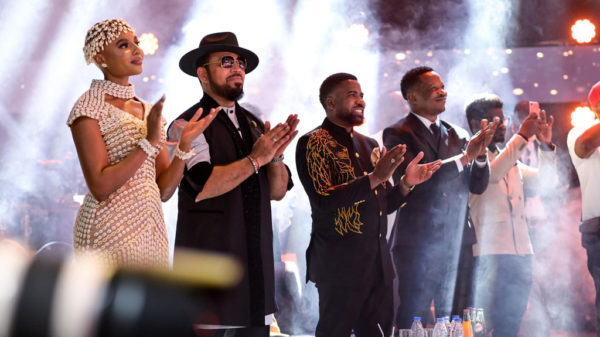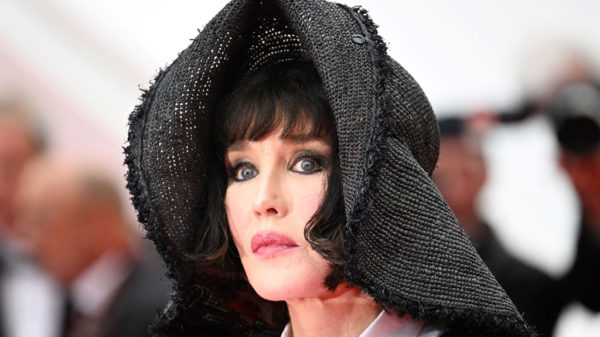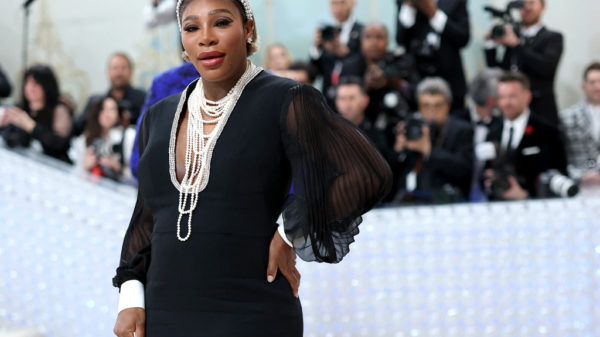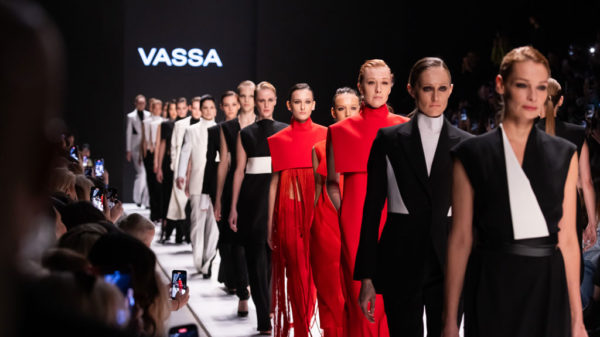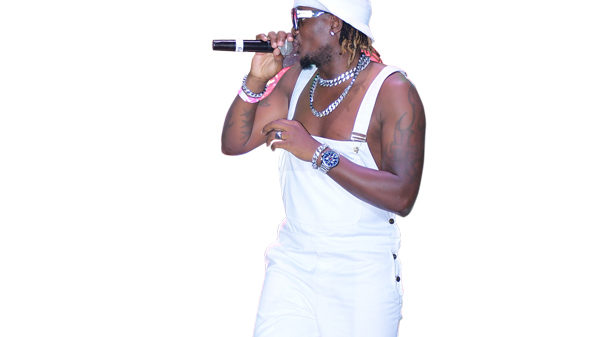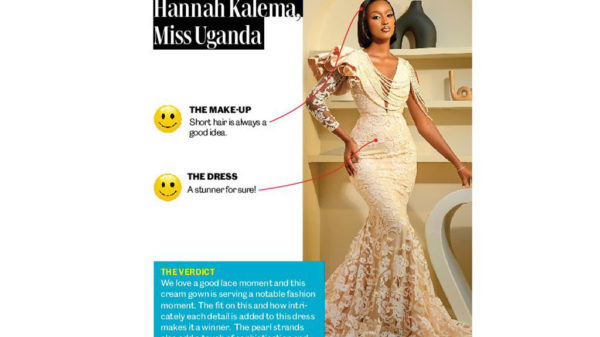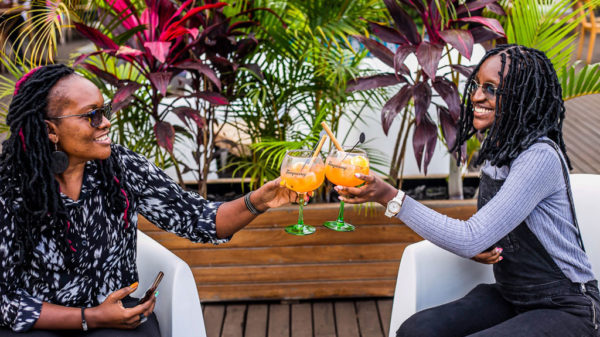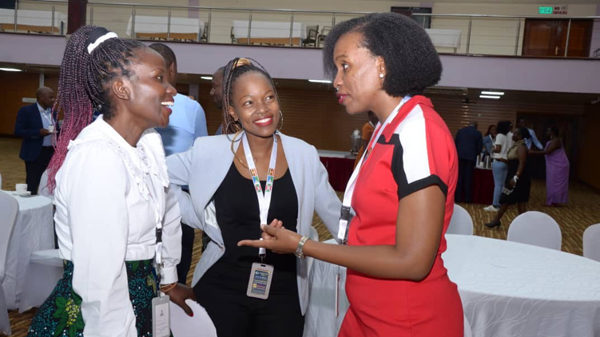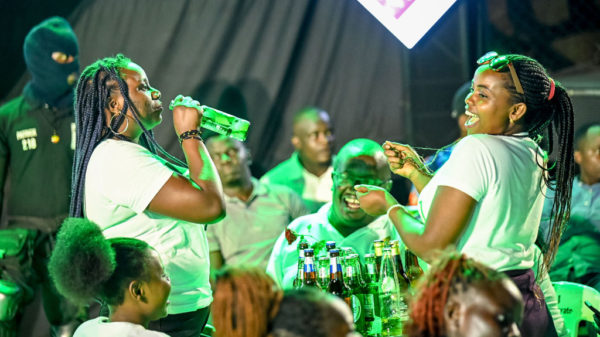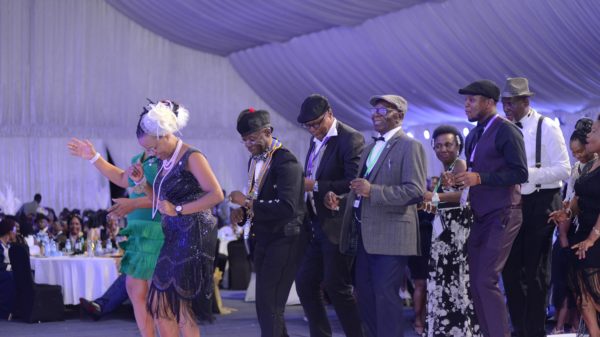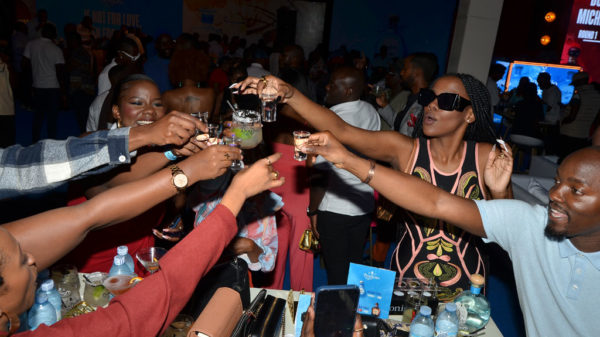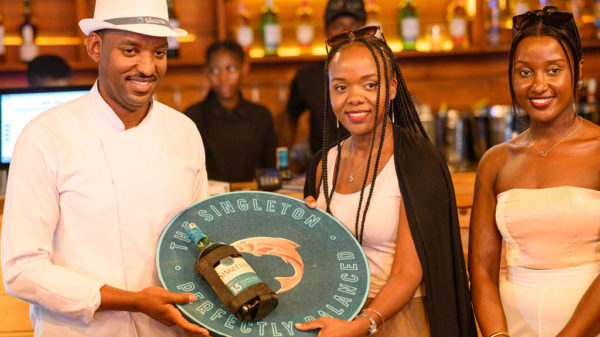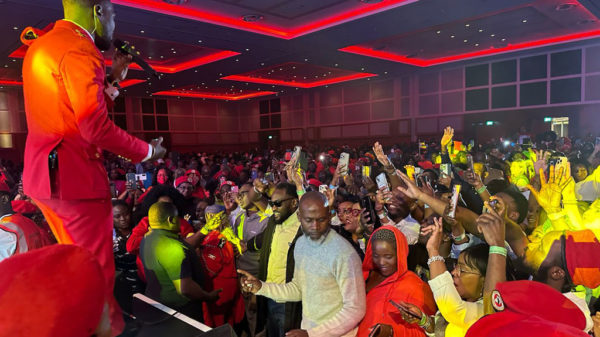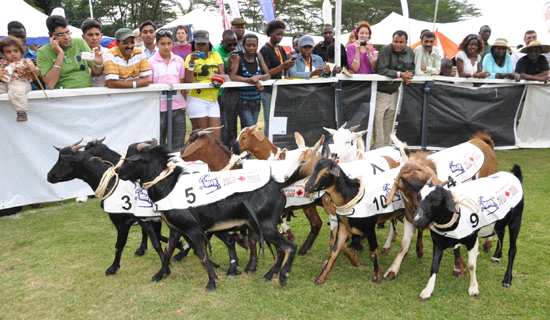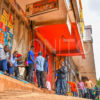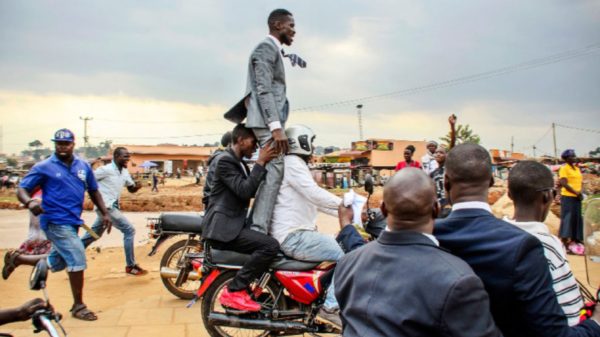There is an air of elegance slowly stirring onto Uganda’s social scene. This air is sweeping in with events that we once considered too foreign and extravagant. These usually take place at a certain type of venue, target a certain type of audience and involve a certain kind of paper—minted not printed, writes Grace Kenganzi.
Women running in heels. Women in hats so elaborate they would make perfect centre pieces at a royal banquet. Men and Women being auctioned off for a date with the highest bidder. These might seem like random rumblings of a caffeine overloaded mind but there is a formula to the madness… the fact that Uganda is slowly warming up to events that would have attracted quite a number of scoffs.
Think about it. Women running in six-inch heels? The first reaction would have been… do they have a death wish? Not the case today. Today over 800 girls rush to register and take part in such a competition. Second scenario. Spending your hard-earned money to go watch goats in a race. Ludicrous, right? At least that would have been the concession years back.
Today, these are the events du jour. They manage to attract the who’s who on one hand, and the average Joes. Before we get into the people who attend, let us look at some fetes and what they involve.
The fetes
There is the king of all fetes—king because it has been around the longest and is the most popular. You guessed right, the goat race or to more politically correct, the Royal Ascot Goat Race (fancy right?). For the novices, there are no royal goats involved. This race borrows the words royal Ascot from the British royal Ascot Horse race, and goes further to borrow all the tit-bits that come with it. From the elaborate hats to the clothes that would put a fashion zealot in a coma, the race has evolved over the years.
This evolution, according to the race’s website, started in 1993, when a member of the Entebbe Sailing Club, who had witnessed a pig race (yes, actual grunting pigs) in Zimbabwe, pitched the idea of holding a similar race for charity. The club was trying to raise money for one of the developments such clubs have.
From this little bit of history, you can already see what calibre of people would think of such an event. People who can afford to be members of sailing clubs—considering Uganda is landlocked country, this is nothing to task about. How many of you reading this even knew Uganda had a sailing club?
Back to the goat race, the club decided to use goats instead of pigs (thank God). The first race happened at the Kampala Rugby Club. Notice that even the venue comes with a certain degree of class. As it became more popular, the rugby club became too small and that is how the Commonwealth Resort Munyonyo, yet another upscale venue, became the go-to for the races. This was in 1999.
What started out as a fundraiser of sorts has evolved into a charity festival, where money collected goes to one charity or another. This is how it works. You pay to enter a goat into the competition, with the chance to win something if it wins. If you do not have a goat, you buy a raffle ticket and win one of many gifts in a draw. If you do not do any of the above, take part in the best dressed contest by wearing the swankiest clothes you can afford.
And then there is the Vintage Auto Show. If you have seen the cars on our roads, it is hard to imagine Uganda having cars that would be graded as vintage. Vintage depicts aging gracefully but most of the cars we see have nothing graceful about them, in fact, most of them are DMCs.
But lo and behold, Uganda actually has enough vintage cars to put on a show. But you will not find these cars with the ordinary person. Since Uganda’s first cars belonged to first ranking people, it stands that is the descendants of these high ranking people who own majority of these cars. In other case it is individuals with enough money to restore cars like the Fiat Mirafiori. The name alone sounds expensive, let alone finding parts that were made more than 20 years ago.
And that is what the vintage Auto Show is about, earning bragging rights from the public by showcasing your vintage car. While there was a show last June at the Sheraton (notice the venue) that some claimed to be the first, there was another like it in 2009. Owners of cars which were made before 1985 (that is older than many of you reading this) entered their cars into the show at a fee, and the public paid to ogle them.
The crowd
While these fetes seem to have grown on us, they were regarded pastimes only society’s most elite could afford to enjoy, as an elderly enthusiast Mzee Steward Kyamuhanda points out.
“When the bazungu were still many in Uganda, around the 1950s, there were such galas or fairs. But it was mostly expatriates who attended them. The blacks who did were those in ‘high places’. Ugandans were more into cultural and music shows,” he reminiseces.
And while the goat race still pulls a large international crowd, Ugandans too are attending in drones. Talking to people who revel in these events, their reasons for attending vary and that in itself is telling.
“Teenagers and some young adults attend to floss,” as Maria Kalema, 19, candidly put it. (For those advanced in age wondering what a 19-year-old means by flossing, it is simply showing off.) She says you get cool points at school when you can truthfully say you attended something as “glamourous” as a goat race. It shows that for a day, you breathed the same air with the crème de la crème of Uganda’s society.
“I attend such events for business. There are usually business gurus at these events since their companies are usually sponsoring and this is a chance to meet them in a relaxed atmosphere. That is the beginning of networking,” Alex Ninsiima, a budding entrepreneur explains.
And others attend to have fun. It is a day to unwind, have a new experience, and just see what all the adverts were about. To them, it is akin to a party that lasts the whole day, with the chance to chat, flirt and laugh with more people than you would at an ordinary party.
And the crowds are getting bigger. The goat race for instance registered 400 people in 1993 and by 2007, the number had grown to more than 7,000.
Nicholas Ndirangu, who organised a Dog Show this year, believes that as more people understand what such events are about, the numbers of people who attend and participate will increase. And he just might be right.
Piling the money bags
These events sell fun, fun, and more fun since you get to drink, eat and enjoy music. But underneath this cloud of all this merrymaking is a machine going ka-ching! Most long lasting ones are fully registered companies.
The goat race is registered as Royal Ascot Goat Races Ltd. The sailing club had to register it in 2004, when it became too big—more sponsors had come on board, attendance had increased, and some people were being employed to organise it at a fee. Business became so good that the club could not handle it and therefore sold the company. By good business, we are talking more than Shs20m from one race.
The Vintage auto show registered under Dhalia Investment Ltd and businesses cashed in on advertising revenue. And I am not talking about your ordinary flier here or banner there. Advertisers paid between Shs2m and Shs10m for tents. This money included “free” tickets, seats, and advertising in a car magazine, depending on how much a business paid. This is a lot of cash on its own, without counting money received in ticket sales and participation plus payment for entering branded cars, which cost Shs200,000.
And then there are the sponsors who bankroll these events. While these may appear few, they make for it in brand presence and just how much they invest. Sponsors usually specialise. For instance, at the goat race, a company can sponsor one of the eight races, the children’s play area, the arena, and the day’s programme.
These fetes may seem exclusive but this comes at a price. They call for a certain air, dress code and of course the money. It is no wonder that anyone who loves the limelight or a dose of the cool factor will find a way to be part of these events. If you have not had your chance to get your dose, there are at least two such festivals on our radar, so start saving up, they will cost you.



